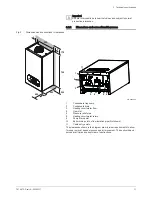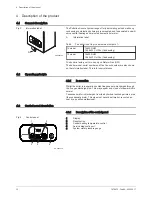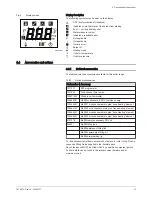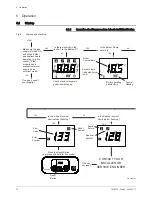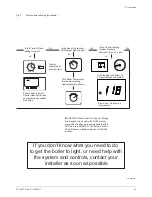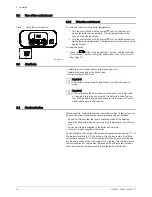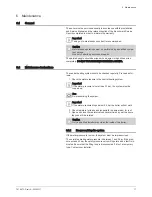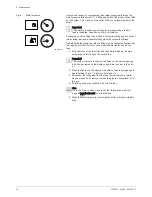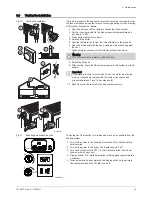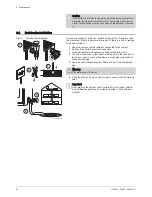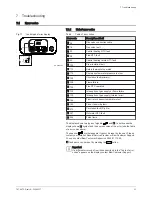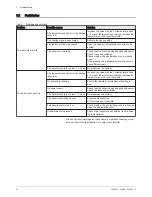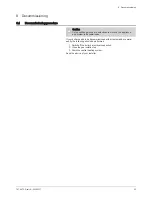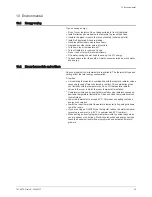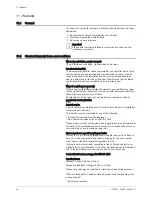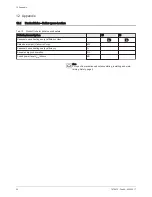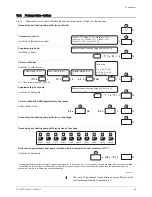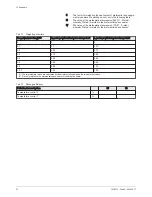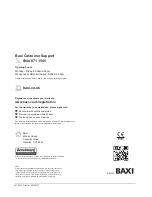
10 Environmental
10.1 Energy saving
Tips on saving energy:
Do not cover radiators. Do not hang curtains in front of radiators.
Install reflective panels behind the radiators to prevent heat loss.
Insulate the pipes in rooms that are not heated (cellars and lofts).
Install loft insulation & double glazing.
Use draught excluders where necessary.
Upgrade any older boiler external controls.
Turn down room thermostats by 1°.
Turn off radiators in rooms not in use.
Do not run hot (or cold) water pointlessly.
Fit a water-saving shower head to save up to 40 % energy.
Take showers rather than baths. A bath consumes twice as much water
and energy.
10.2 Room thermostats and settings
Various models of room thermostat are available. The thermostat type and
setting affect the total energy consumption.
A few tips:
A modulating thermostat in combination with thermostatic radiator valves
saves energy and offers considerable comfort. This combination gives
you flexibility with the temperatures. Do not fit thermostatic radiator
valves in the room in which the room thermostat is installed.
Completely closing and opening thermostatic valve radiators causes un
desirable temperature fluctuations. Open and close thermostatic valves
in small steps.
Lower the thermostat to around 20°C. This reduces heating costs and
energy consumption.
Lower the room thermostat temperature temporarily if opening windows
to air the rooms.
If you are using an ON/OFF type thermostat, reduce the water tempera
ture value in summer (e.g. 60°C in summer and 80°C in winter).
When setting an hourly programmable thermostat, consider days when
you are absent or on holiday. Electricity production and energy savings
reach their optimum level with a programmed and activated timer pro
gramme.
10 Environmental
7678872 - Draft A - 22052017
25

